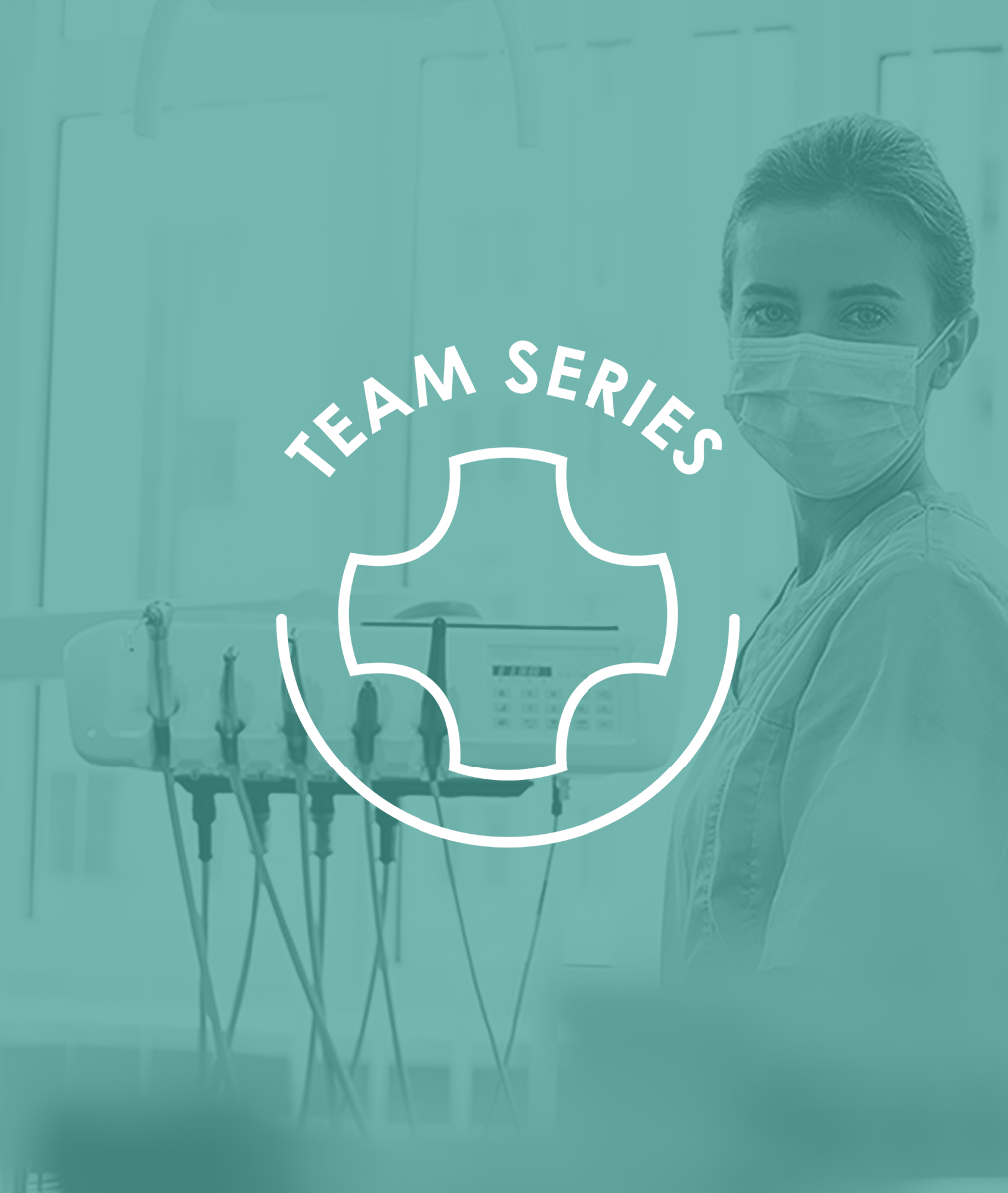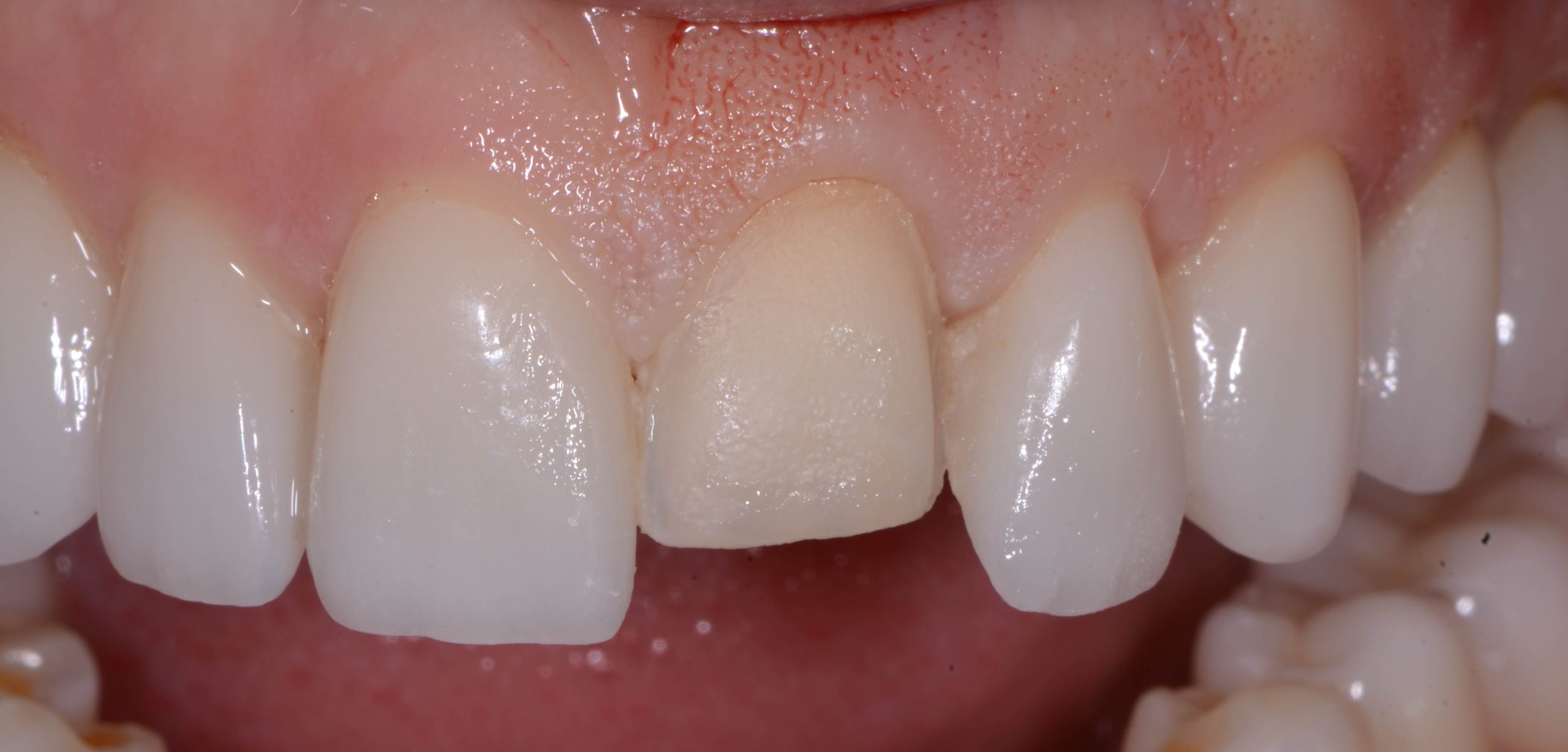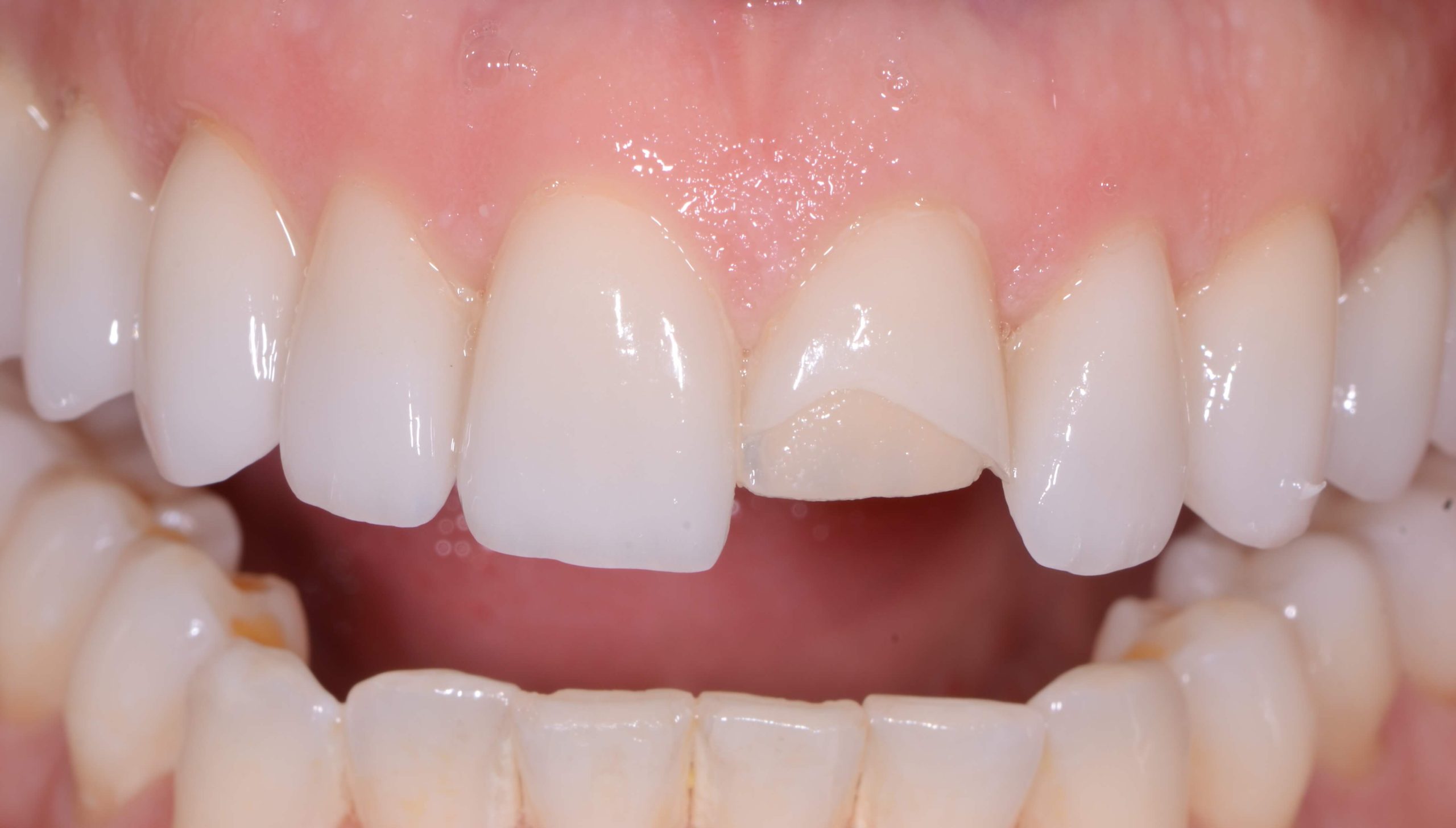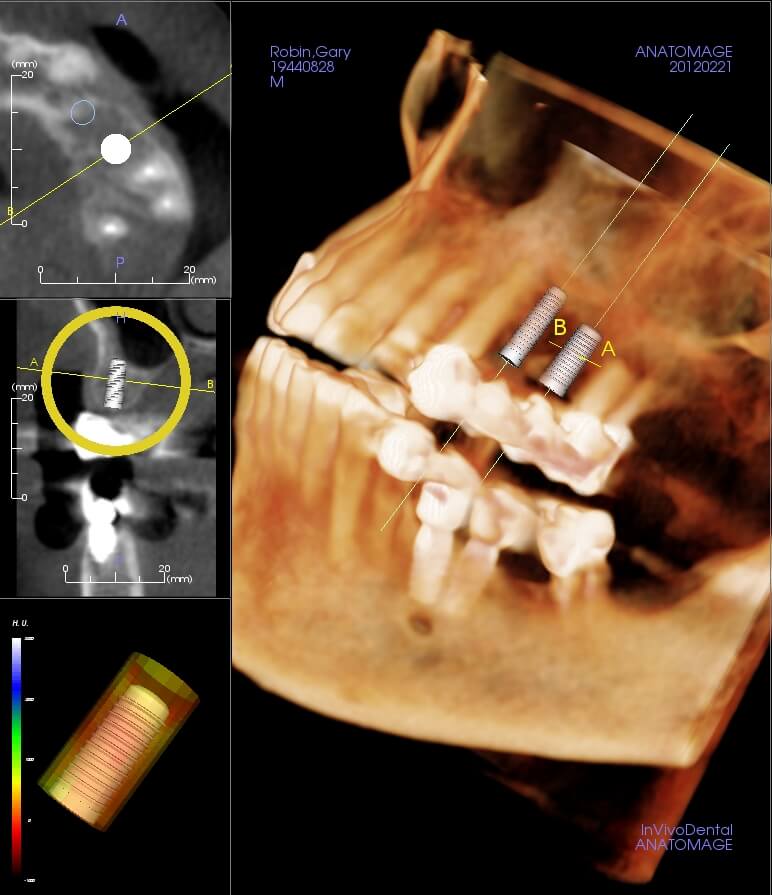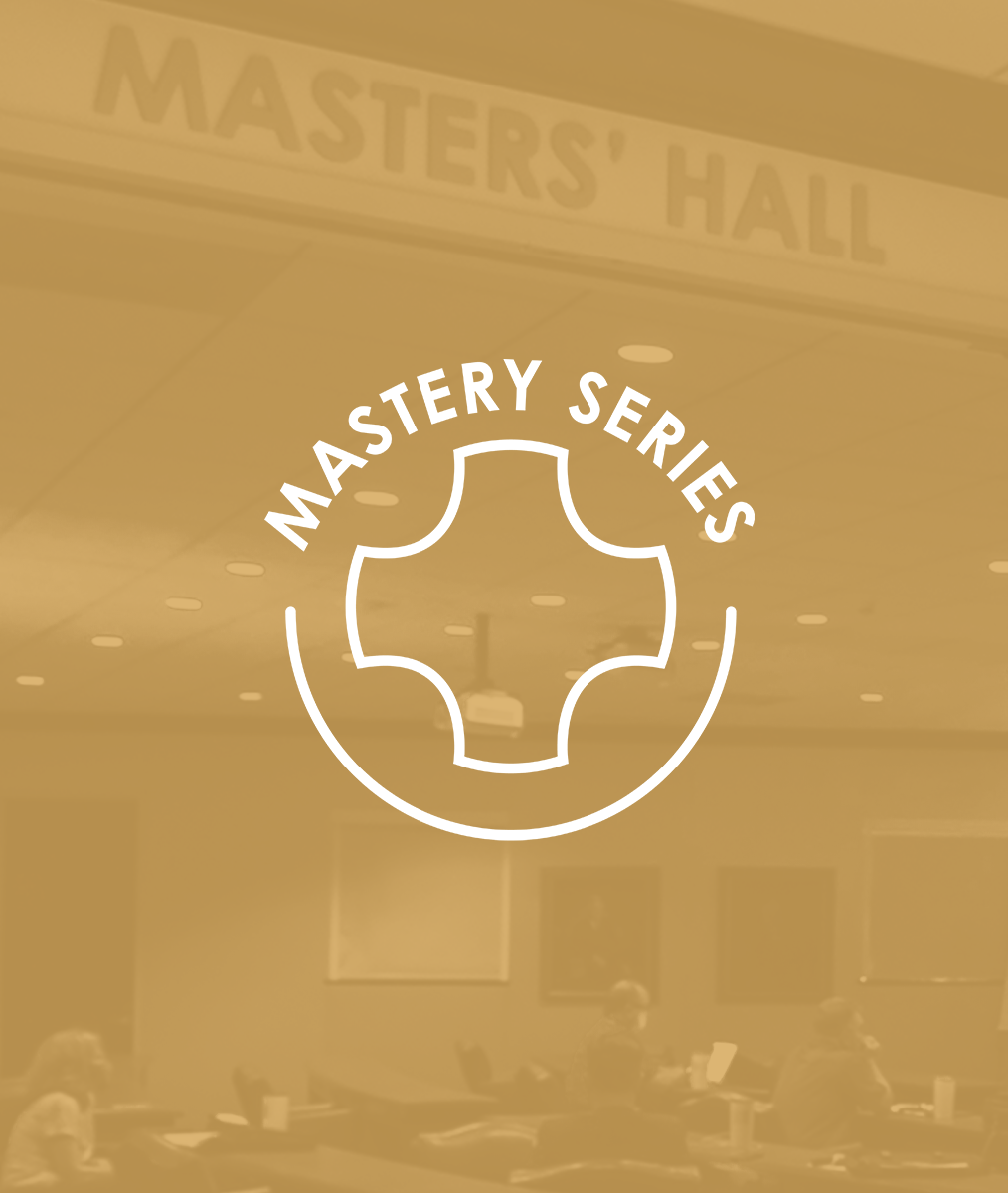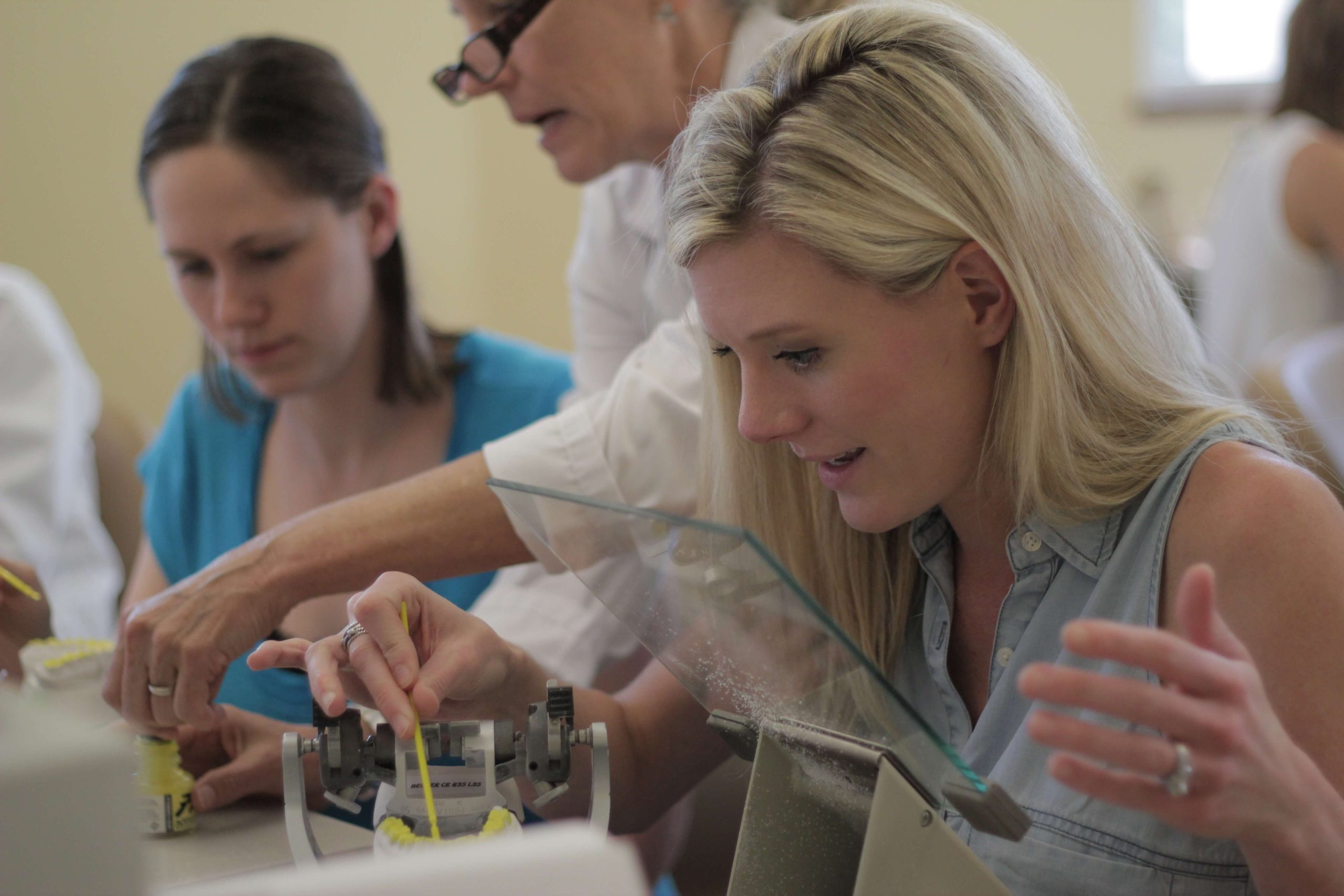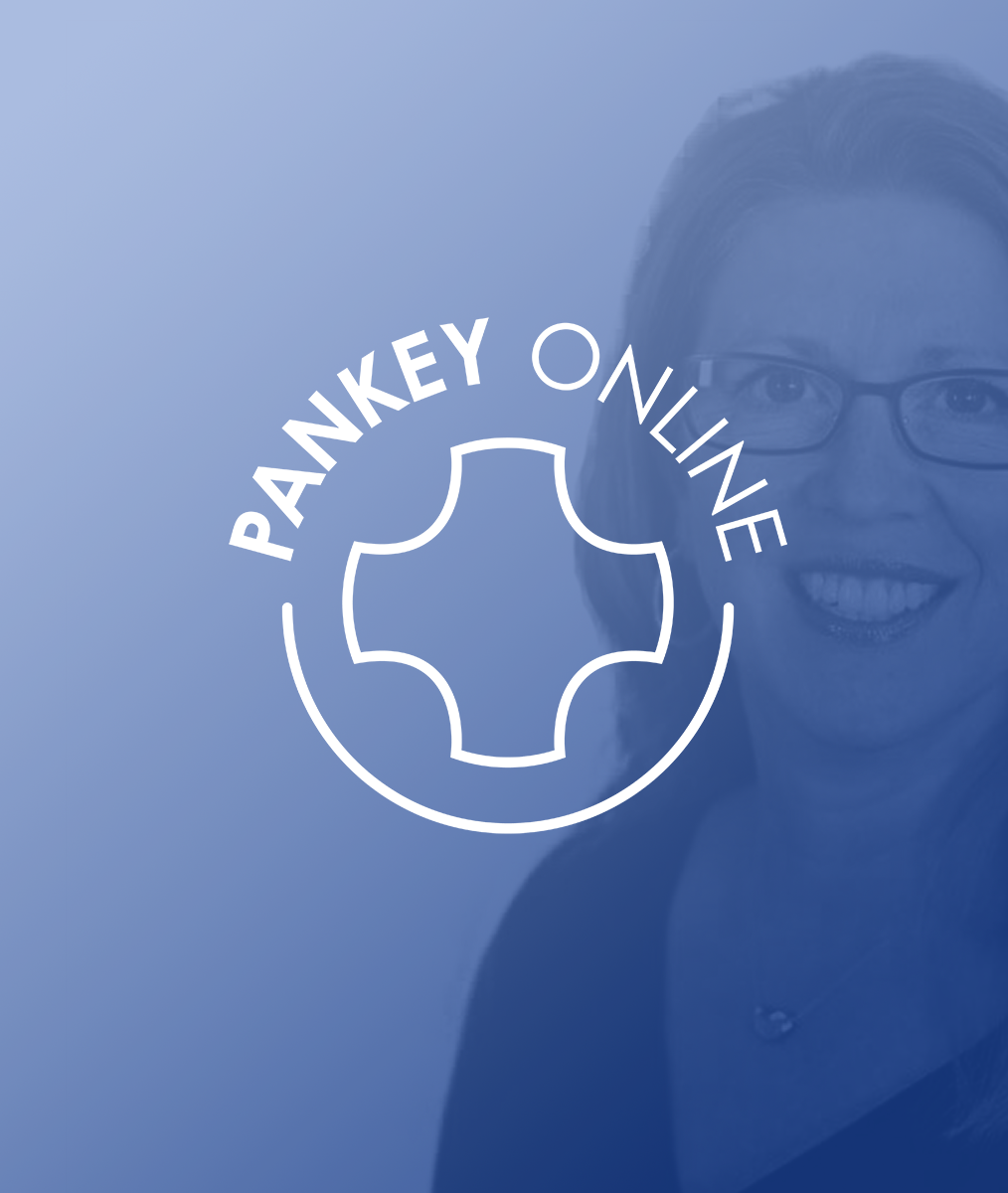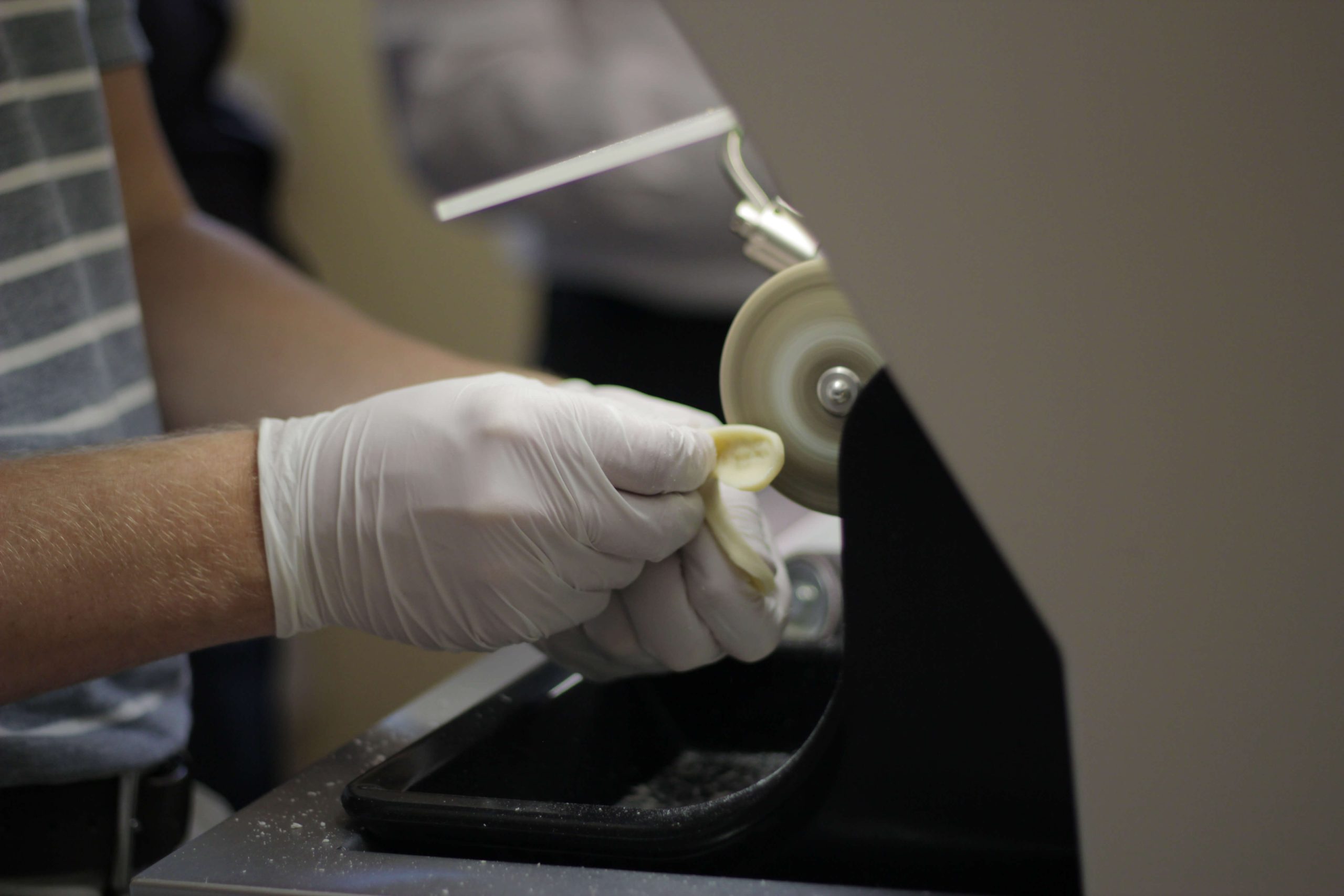Do You Need Social Media for Your Dental Practice
No matter what generation you grew up in, marketing a dental practice with social media can be a deceptively simple endeavor. What we mean is that social media, when done right, is not challenging to actually carry out. It’s not rocket science, but it does follow some rules that are easy to overlook.
Do I Really Need Social Media for My Dental Practice?
Yes, you really do. It’s not that you need a social media presence run by ten professional marketers capable of soaking up dozens of hours and tons of money. It’s that the absence of adequate social media can damage the way potential patients view you when they look you up online or are referred by a friend.
Not having a social media is odd nowadays. It’s the measure by which we as a society determine the popularity and even the viability of a business or practice.
Simple Ways to Maximize Social Media Effectiveness
Personal and professional social media should not be carried out in exactly the same way. This is the most significant issue with many dental practice’s social media accounts.
In a personal profile, it doesn’t matter if: the pictures are posted randomly, the quality is low, the info isn’t particularly useful , and the grammar is poor. That’s basically expected.
Professional social media should be the opposite. It should be curated on a regular basis with high quality imagery and equally high quality writing. Once you’ve done that, you’re on your way to social media that effectively markets your practice. It should embody the same qualities and sensibility you want patients to associate with your particular dental brand.
Your profile provides a look inside your practice that personalizes/humanizes it and encourages communication with patients. This does not mean it is a place to break down professional barriers between practice and patient.
Finally, don’t feel obligated to use every social media platform that exists. You can safely assume that the trifecta of Facebook, Instagram, and Twitter will cover the majority of your bases. There are pros and cons to all three. Younger generations are losing interest in Facebook, but older generations seem to love it. Instagram attracts a wide variety of ages that include millennials and younger audiences. Twitter’s shortcoming is that information circulates rapidly; one post a week isn’t enough to make much of a difference.
But like we mentioned before, you don’t necessarily have to invest heavily in social media, attempting to acquire new patients from this avenue. First and foremost, social media simply provides more easily accessible information about your practice to potential patients and should help them be more comfortable choosing you as their dentist.
What do you love or dislike about social media as a marketing tool? Please let us know your thoughts in the comments!
Related Course
The Pankey Hygienist: Where Clinical & Behavioral Science Unite
DATE: January 9 2025 @ 1:00 pm - January 11 2025 @ 8:00 pmLocation: The Pankey Institute
CE HOURS: 23
Regular Tuition: $ 3195
Single Occupancy Room with Ensuite Bath (Per Night): $ 345
The Power of Development Hygienists and Dentists: Are you ready for your hygiene appointments to be more effective both clinically and relationally? Can you imagine having a totally fresh perspective…
Learn More>






